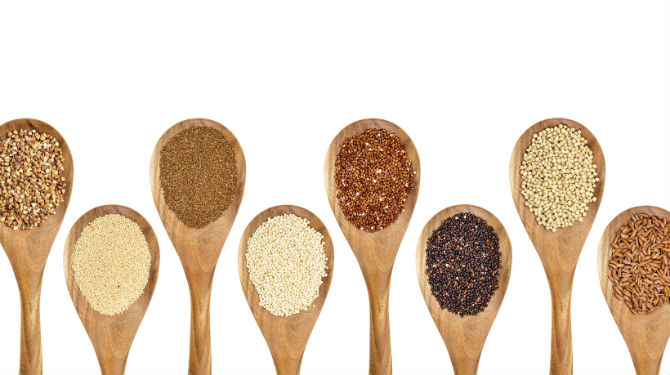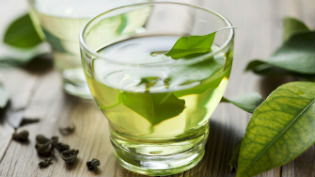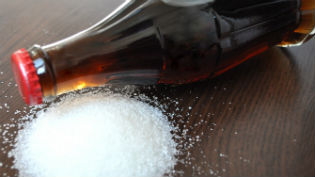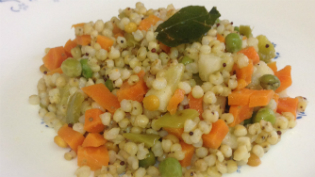
5 Indian Millets for Sugar Control & Managing Diabetes

Food, an energy reservoir often becomes a hurdle for people living with diabetes who have to consciously eat the right food to keep their blood sugar in check.
Refined carbohydrate or sugar rich foods such as Bread, Donuts and tetra pack juices act as culprits whereas fibre and protein rich foods such as whole grains, pulses, oats, barley , millets, nuts , milk, raw veggies and fruits act as saviours. There are studies been done globally to find balanced diet, that can be recommended for diabetics, which is not only tasty but also gives energy boost.
One such study reveals, Millets which are natural source of fibre, protein, calcium, magnesium, help control the blood sugar spike. Just replacing refined grains with these tiny but mighty Millets, open a whole new array of diet options for people living with diabetes.
Pearl Millet (Bajra), Finger Millet (Ragi), Sorghum (Jowar), Little Millet (Varai, Sanwa) are millets that are easily available locally. Each of them supplements the diet with minerals, fibres, proteins and phytochemicals - the combination of which helps beat diabetes. Besides these nutrients, a non-nutrient yet beneficial component of millet is the fibre in it. Fibre is an indigestible part of food and helps in slow release of sugar into the blood after the breakdown of food, along with improving of insulin sensitivity ie, your body cells respond to the insulin and in turn use up the sugar released into the blood, thereby controlling blood sugar levels. Similar to fibre, proteins also help in controlled and slow release of sugar into the blood. Millets being a rich source of protein and fibre handle the sugar load in body more efficiently.
Phytochemicals, found in the bran layers of millet are the non nutrient component commonly found in plant based food. It has protective or disease preventive properties and hence considered to be anti-diabetic as it is attributed to improve insulin action. .
Each millet has a different mineral to offer, hence we can say that the 'M' in millet stand for Minerals.
Let’s read about the top 5 Millets available locally and how they can control diabetes.
Pearl Millet (Bajra)
Obesity (High body fat) increases the risk of type 2 diabetes. It has also been found that obese individuals also have iron deficiency, which is another causative factor of diabetes. To aid in better control of weight and improve iron status in the body, add Pearl millet to your diet. Amongst all millets, Pearl millet is a rich source of Iron and is a fat burner which will aid in better weight management and in turn reduce the risk of diabetes.
How to cook bajra? Try whole bajra salad or bajra moong khichdi.
Finger Millet (Ragi)
Also known as Ragi or Nachni, this brown coloured Finger Millet is rich in Calcium. Calcium controls release of the hormone insulin thereby helping in managing blood sugar levels.
Avoid foods such as ragi bread, ragi laddoo or ragi biscuits because they contain unwanted fats, sugar and maida (refined wheat flour). Instead try whole ragi porridge with some nuts, ragi dosa/idli or add ragi flour to your whole wheat chapatis.
Sorghum (Jowar)
Sorghum or Jowar contains Magnesium which is needed for making and secretion of insulin as well as maintain insulin sensitivity of the body cells. Lack of Magnesium leads to insulin resistance and therefore high blood sugar.
You could soak and boil jowar grains, cook it with some veggies and season it. Heres a easy simple and delicious whole jowar recipe.
Little Millet (Varai)
This Little millet as its name is white and tiny, just like semolina but has totally different characteristics. The best part about varai is that it swells on cooking (absorbs water). You begin with one cup raw varai but end up getting 2.5 - 3 cups of cooked varai. Add to it some vegetables and the volume further increases. So, you feel you have eaten quite a lot, but in terms of calories it will actually be less.
Varai (Barnyard/Sanwa millet/Varithandul) provides you with Zinc. Zinc is an important part of insulin, thus helping you control blood sugar levels. Varai can efficiently replace semolina and rice .
Next time you think of upma or khichdi, think varai.
Kodo Millet (Kodri)
This millet is difficult to find. Even your local grocery store will not stock on kodo. But if you can find it, treasure it. Here’s why - Kodo contains Copper, deficiency of which impairs sugar tolerance. Research has identified anti-diabetic compounds i.e. Quercetin and Phenolic acids which are present in kodo millet.
How superior are these millets to wheat and rice?
Adding more of unprocessed foods to your diet can make you feel like you are missing out on the luxury of good food and depriving yourself of great taste. But that is not the case with millets. Your meals will be full of texture, flavour and goodness of wholesomeness with these mighty grains. Millets can easily replace Wheat and Rice which are mainly consumed in processed form i.e. Wheat flour, rice flakes, puffed rice, semolina etc. With processing, the benefit of wholesomeness is lost. You can also use millets in the form of flour. Just make sure the entire millet with the bran is ground as it is packed with vitamins and minerals, the reason why you are eating millets in the first place!
It’s time you start stacking up these good grains. With oats and quinoa dominating your kitchens and favourite healthy recipes, a switch to these millets might just be light on your pockets and heavy on nutrients. After all, going back to roots is the new mantra and keeping it Indian might just be the perfect way.
So, to conclude - Add variety to your mono-grain diet and allow these millets to spell their magic "Mi-llet my diabetes down!"















